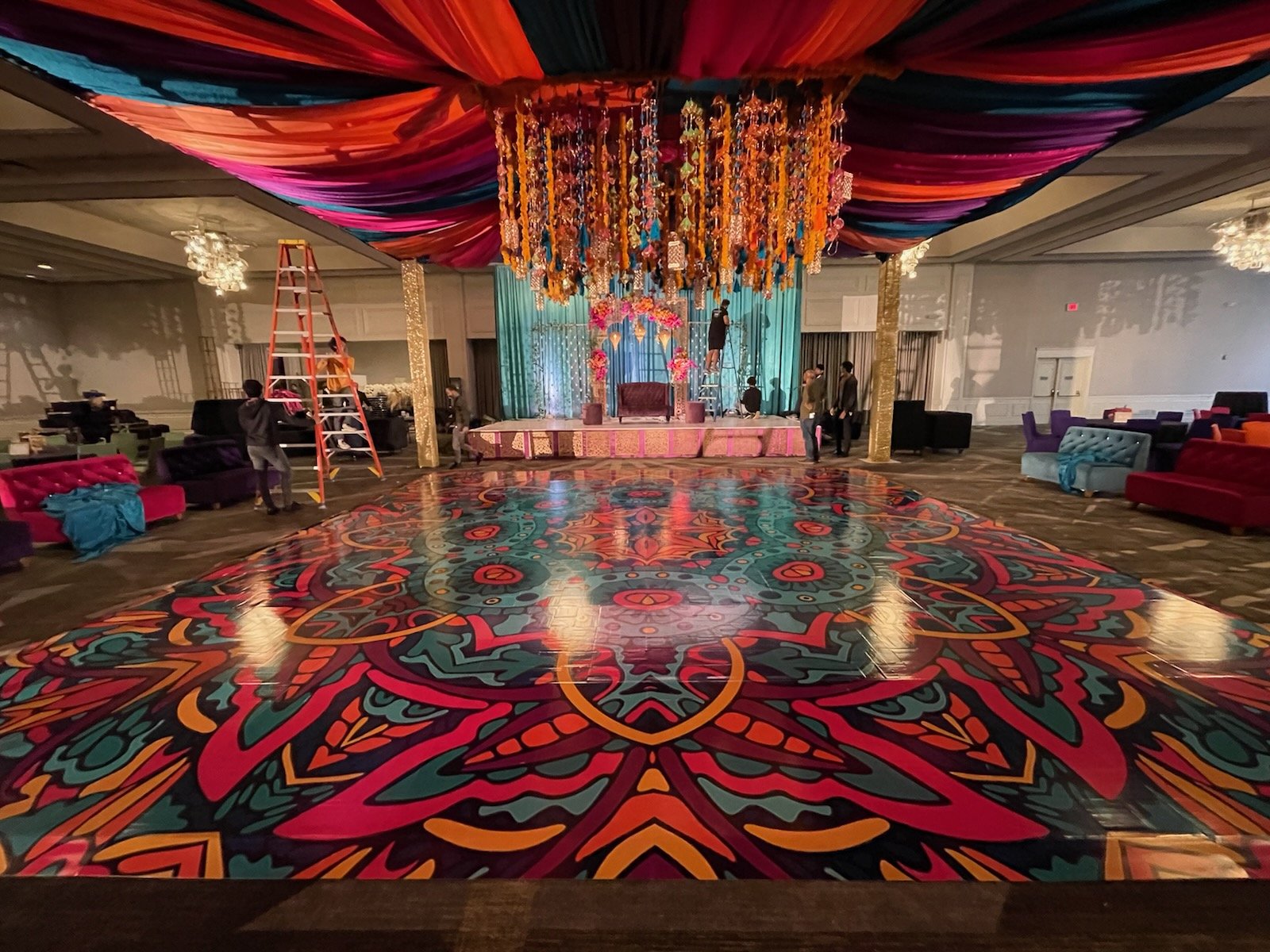Investigating the Diverse Materials That Transform Performance Floors into Breathtaking Visual Displays
Investigating the Diverse Materials That Transform Performance Floors into Breathtaking Visual Displays
Blog Article
Dance surfaces have developed significantly over the decades, transforming increasingly than just a place to dance to music. Today, they are converted into breathtaking aesthetic experiences through the use of multiple substances and techniques. These materials not only enhance the aesthetic appeal of the space but also improve the overall encounter for performers and spectators alike. Understanding the flexible substances that add to these dynamic settings can offer understanding into the craft of performance floor creation.
One of the most frequent substances used in contemporary dance floors is light-emitting diode illumination. Light-emitting diode lights are power-saving and can generate a broad range of colors and impacts. They can be embedded in the floor itself or used as part of a illumination system over the dance floor. This technology allows for synchronized light shows that can alter in reaction to the melodies, creating an immersive encounter. The ability to configure these lamps means that they can be customized to fit different themes or atmospheres, making each occasion distinct.
Another important substance is reflective surfaces, such as reflectors or polished tiles. These materials can create an deception of space and dimension, making the dance floor appear larger than it is. When performers move, their images can add an extra layer of visual interest, enhancing the complete show. Additionally, reflective surfaces can engage with lighting impacts, amplifying the hues and patterns displayed on the floor. This fusion of illumination and reflection can captivate spectators and elevate the vitality of the occasion.
In addition to click over here lighting and reflective substances, the use of electronic screens has become progressively common in dance floor design. These screens can display lively visuals, animations, or even real-time feeds of the show. By integrating electronic technology, occasion organizers can create a multi-sensory experience that engages both the performers and the audience. The ability to alter images in real-time allows for a dynamic environment that can adapt to the beat and energy of the melodies, making each instance feel fresh and thrilling.
Furthermore, the choice of surface substance itself plays a crucial role in the overall encounter. Classic wooden dance floors are still preferred for their strength and functional qualities. However, newer substances like synthetic and elastic are gaining favor due to their versatility and ease of care. These substances can provide better shock absorption, minimizing the chance of harm for dancers. Additionally, they can be crafted with various patterns and colors, allowing for artistic representation in the dance floor's appearance.
In summary, the transformation of dance floors into stunning aesthetic experiences relies on a combination of innovative substances and technologies. LED illumination, mirror-like surfaces, digital screens, and customized flooring materials all add to creating an engaging environment for performers and spectators. As innovation continues to advance, the possibilities for enhancing dance floor creation will only grow, making future occasions even more enthralling and memorable. Understanding these substances helps value the artistry involved in creating environments where dance and melodies come together harmoniously in harmony.
